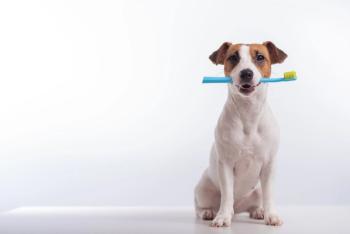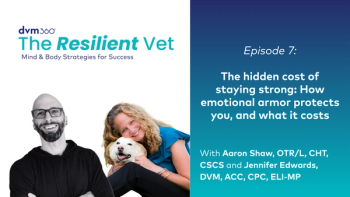
Handling accidental spills of cytotoxic drugs
A step-by-step guide to cleaning up chemotherapy agents.
Spills and breakages should be cleaned up immediately by a team member who is trained in the appropriate procedures. Identify any spill area with a warning signs and follow these guidelines:
5 or less
If you're cleaning a spill of less than 5 ml or 5 g outside a biological safety cabinet (BSC), wear a surgical gown, double chemoprotective gloves, and eye protection. You need to:
> Collect broken glass in a chemotherapy sharps container.
> Contain liquids with absorbent gauze pads or paper towels.
> Collect powders using wet absorbent gauze or paper towels to prevent spreading.
> Place all waste in a cytotoxic drug disposal bag, along with the used absorbent pads or towels and any noncleanable contaminated items.
> Place contaminated reusable items in a separate plastic bag for later washing with detergent by a trained employee wearing appropriate protective gear.
> Clean the spill areas twice using a detergent solution (not a disinfectant) followed by 70 percent isopropyl alcohol.
Greater than 5
If you're handling a spill of greater than 5 ml or 5 g, put on a gown, double chemoprotective gloves, and eye protection. Also:
> Limit the spread by gently covering the spill with absorbent sheets, spill-control pads, or towels. For a powder, use damp cloths or towels.
> Restrict access to the spill area.
> Remember that dispersal of cytotoxic particles into surrounding air and the possibility of inhalation are serious. Use proper apparel.
> Collect broken glass in a chemotherapy sharps container.
> Don't generate aerosols.
> Don't use chemical inactivators.
> Thoroughly clean all contaminated surfaces twice with detergent solution (not disinfectant) and then a final time with 70 percent isopropyl alcohol. Dispose of contaminated materials and absorbent pads in the cytotoxic disposal bag.
If the spill occurs inside a BSC, decontaminate the interior hood surface after the above procedures, if necessary. If the HEPA filter is contaminated, change and dispose of it.
Keep clearly labeled spill kits in or near preparation and administrative areas. Kits should include a respirator or heavy-duty mask, chemical splash goggles, two pairs of gloves, an impervious disposable gown, absorbent pads or a roll of paper towels, a small scoop and sharps container to collect glass fragments, and two large cytotoxic waste disposal bags.
Incidental exposure through contact with waste materials or improper housekeeping can contribute to team members' sickness or disability. Take precautions now to ensure proper handling of contaminated waste materials and the cleanup of accidental spills or patient-related accidents.
Newsletter
From exam room tips to practice management insights, get trusted veterinary news delivered straight to your inbox—subscribe to dvm360.




